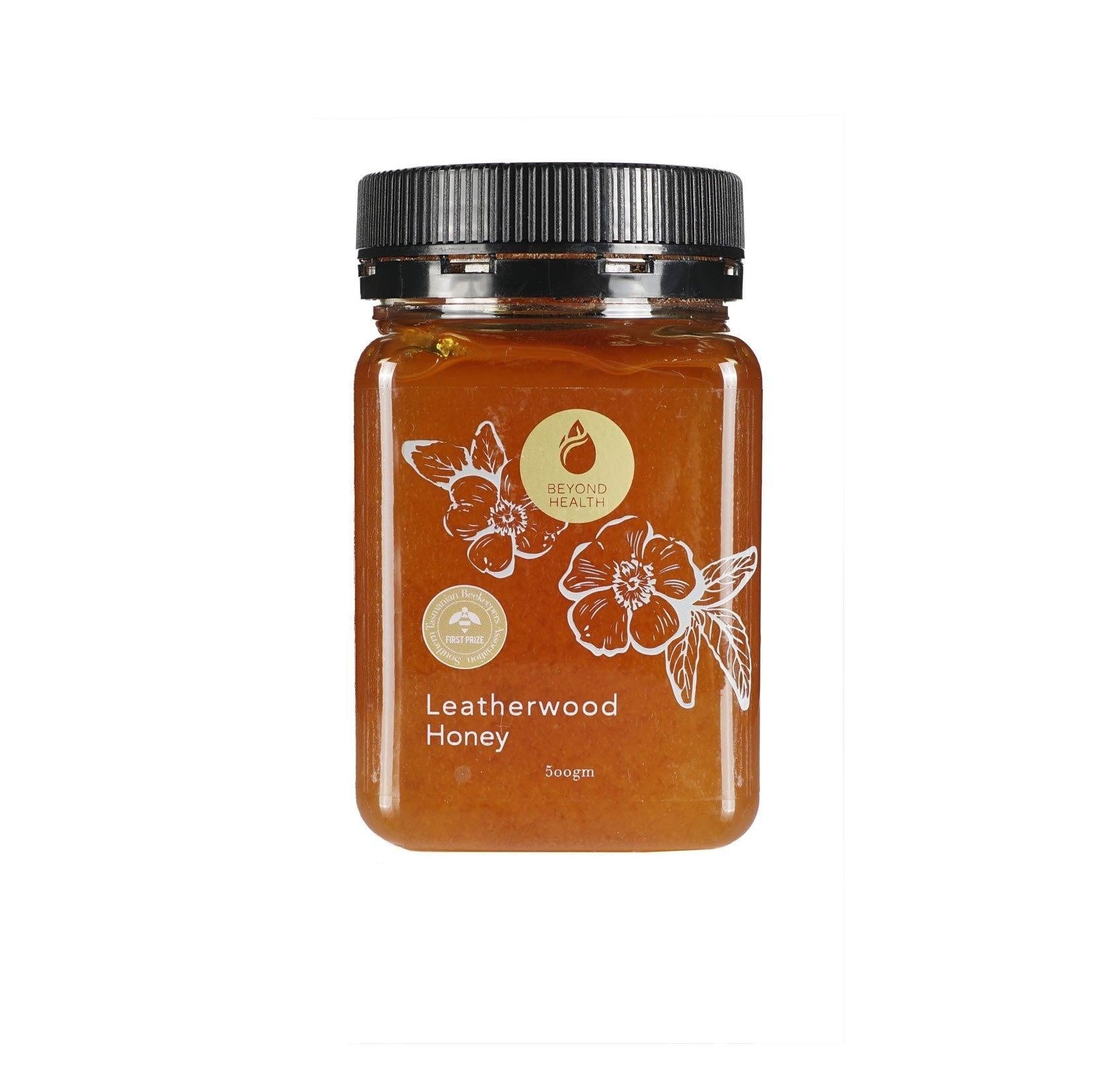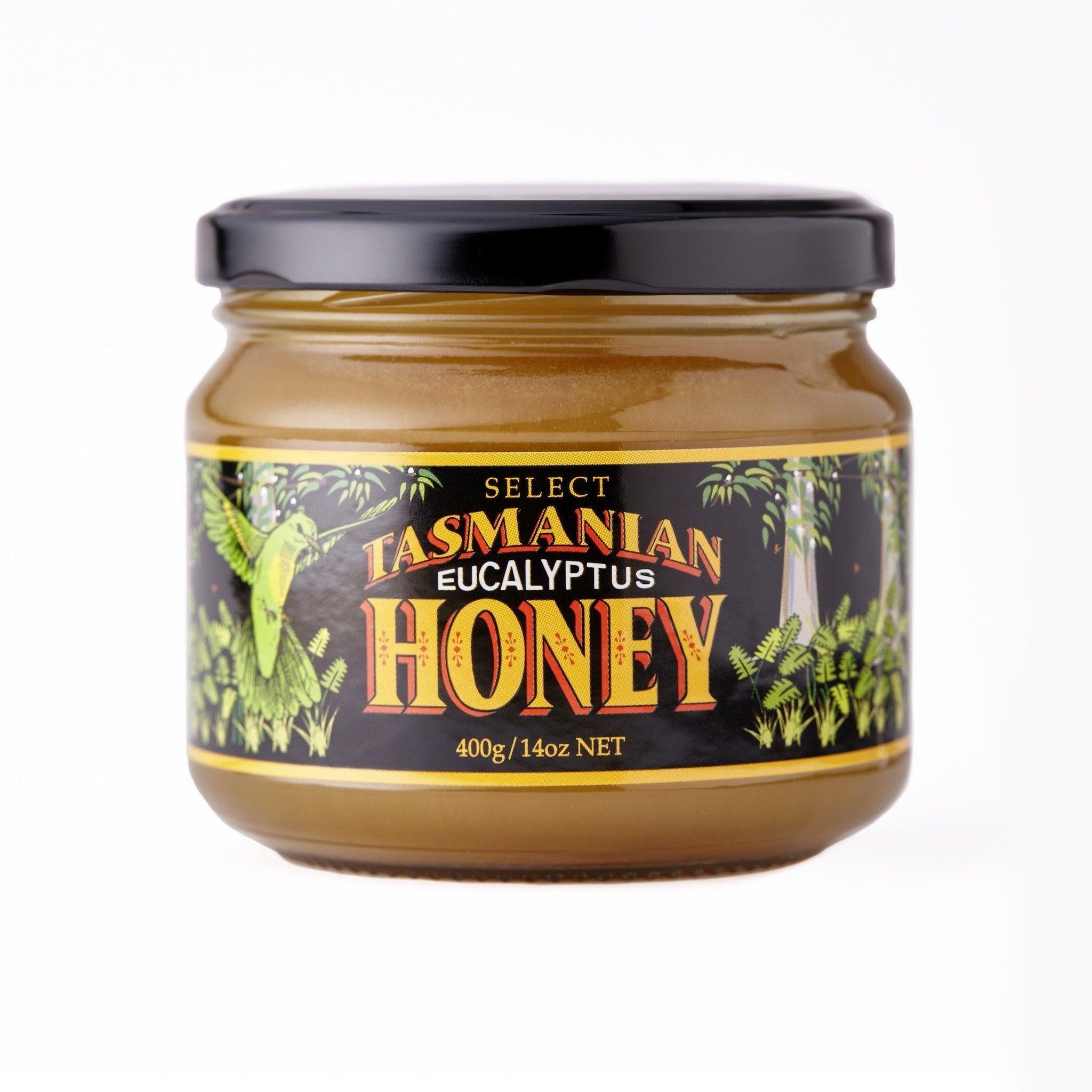Your shopping bag is empty
Keto Rash: Causes, Prevention, and Management
- Posted by: Enquiry Admin
- Comments: 0
- Categories: Nutrition & Diet
- Tags:
- Keto Rash
The ketogenic diet, known for its low-carb, high-fat approach, has gained popularity for its potential health benefits, including weight loss and improved metabolic markers. However, like any dietary regimen, the keto diet can have side effects, one of which is the enigmatic "keto rash." In this comprehensive guide, we will delve into the keto rash, exploring its causes, prevention strategies, and management options. We'll also touch upon the importance of whole foods, proper hydration, and meditation in supporting your overall well-being during your keto journey.
Decoding the Keto Rash: What Is It?
Before we delve into the keto rash, let's clarify what it is and what it isn't. The keto rash, scientifically known as prurigo pigmentosa or ketogenic pruritus, is a rare skin condition that can develop in individuals following a ketogenic diet. It is characterized by an itchy, red rash that typically appears on the chest, back, neck, and abdomen. While it may be unsettling, it's essential to differentiate it from other skin conditions and understand its causes.
Causes of the Keto Rash: Unraveling the Mystery
The precise cause of the keto rash remains somewhat of a mystery, but several theories have been proposed:
-
Ketone Bodies: One theory suggests that the presence of ketone bodies in the bloodstream may play a role in triggering the rash. However, the exact mechanism is not fully understood.
-
Sweat and Friction: Friction and sweating in skin folds, such as under the breasts or on the neck, may contribute to the development of the rash.
-
Changes in Skin Microbiome: The keto diet can alter the composition of the skin's microbiome, potentially leading to skin irritation.
-
Allergic Reaction: In some cases, individuals may experience an allergic reaction to specific foods or ingredients consumed on the keto diet.
Preventing the Keto Rash: Strategies for Success
While the keto rash is not entirely preventable, several strategies can help reduce the likelihood of its occurrence:
-
Gradual Transition: If you are new to the keto diet, consider transitioning gradually rather than diving into strict ketosis. This can allow your body to adapt more comfortably.
-
Maintain Proper Hydration: Staying well-hydrated is crucial. Proper hydration can help support skin health and reduce the risk of rashes caused by sweating and friction.
-
Choose Whole Foods: Emphasize whole, nutrient-dense foods in your ketogenic diet. Opt for fresh vegetables, lean proteins, healthy fats, and nuts to ensure you are meeting your nutritional needs.
-
Supplements: Consider taking supplements like omega-3 fatty acids, which have anti-inflammatory properties and may support skin health.
-
Avoid Allergens: Be mindful of potential food allergens or sensitivities that could trigger skin reactions. Consult a healthcare professional if you suspect an allergy.
Managing the Keto Rash: Relief and Resolution
If you find yourself dealing with the keto rash, take comfort in the fact that there are steps you can take to manage and alleviate the symptoms:
-
Topical Treatments: Over-the-counter anti-itch creams and lotions containing ingredients like hydrocortisone can provide relief from itching and discomfort.
-
Avoid Scratching: While it can be tempting, scratching the rash can worsen the condition and lead to infection. Keep nails trimmed short to minimize the risk of breaking the skin.
-
Oral Antihistamines: Non-prescription antihistamines may help reduce itching and inflammation.
-
Consult a Dermatologist: If the rash persists or worsens, consult a dermatologist or healthcare provider. They can provide a proper diagnosis and recommend treatment options.
The Role of Meditation and Stress Reduction
Stress and anxiety can exacerbate skin conditions like the keto rash. Incorporating relaxation techniques like meditation into your daily routine can help manage stress and improve your overall well-being.
-
Mindfulness Meditation: Mindfulness meditation involves focusing your attention on the present moment, reducing stress and promoting emotional balance.
-
Stress Reduction: High stress levels can trigger or worsen skin conditions. Meditation can be a valuable tool in managing stress and its impact on your skin.
-
Better Sleep: Improved sleep quality through meditation can support overall skin health and healing.
Conclusion: Navigating the Keto Journey with Skin Health in Mind
The keto rash, while uncommon, is a potential side effect of the ketogenic diet. Understanding its causes, prevention strategies, and management options can help you navigate your keto journey with greater confidence. Remember the importance of whole foods and proper hydration in supporting your overall well-being while on the keto diet. And don't underestimate the power of meditation and stress reduction techniques in promoting skin health and overall vitality. If you encounter the keto rash, consult a healthcare professional for proper evaluation and guidance on treatment.
Sources:
-
American Academy of Dermatology Association - Prurigo Pigmentosa
-
Mayo Clinic - Keto Diet: Is It Safe and Does It Work?
-
National Eczema Association - Omega-3 Fatty Acids
-
Mayo Clinic - Meditation: A Simple, Fast Way to Reduce Stress
Please note that the information provided here is for informational purposes and should not replace the advice of healthcare professionals. Consult with a healthcare provider for personalized guidance on managing the keto rash and your dietary choices.
















